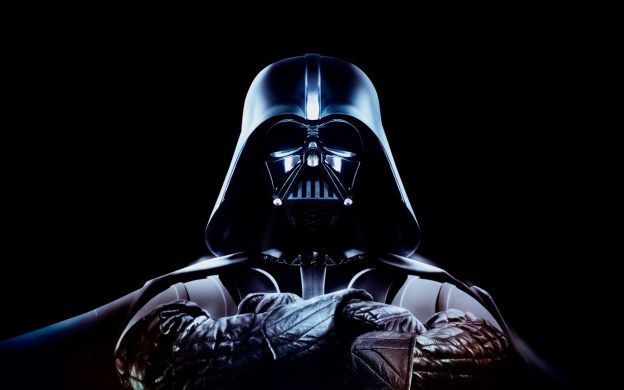
Polish gadget hobbyist “Silent” has created what is quite possibly the nerdiest thing we’ve every encountered: the “Imperial March” – a.k.a. Darth Vader’s theme song – played by two floppy drives. That’s right, this obsolete technology has now returned as a musical instrument.
Now, some of you are probably asking, “What the heck is a floppy drive?” A floppy drive is what us geezers used back in olden times before CDs, DVDs, flash drives and the Internet became the standard technology for storing data externally. (Granted, CDs and DVDs are quickly on their way to obsolescence as well.) They only store 1.44 MB – yes, megabytes – of data, which now isn’t even enough to hold a single high-resolution photograph, let alone anything else. And, as you can see from the video below, the were extremely noisy.
Well, with the help of an open-source ATMega microcontroller board, Silent has managed to program two floppy drives to clatter away at the exact pitches necessary to send fear into the hearts of a Jedi. But how, exactly, does it work? Silent explains on his blog:
The sound comes from a magnetic head moved by stepper motor. To make a specific sound, head must be moved with appropriate frequency…
To move the head you need to activate the drive by pulling the DRVSB0 or 1 (depends on the cable you have and the connector – notice the crossover on the FDD ribbon cable) pin low and then falling edge on STEP pin makes the head move one step in direction dependent on DIR pin state.
An ATMega microcontroller is generating those frequencies and it makes the drives play music.
In plain English, that means the microcontroller is sending electrical frequencies to the drives in a specific pattern to make them recreated the desired tone.
However it works, this is awesome. Watch and listen below:


